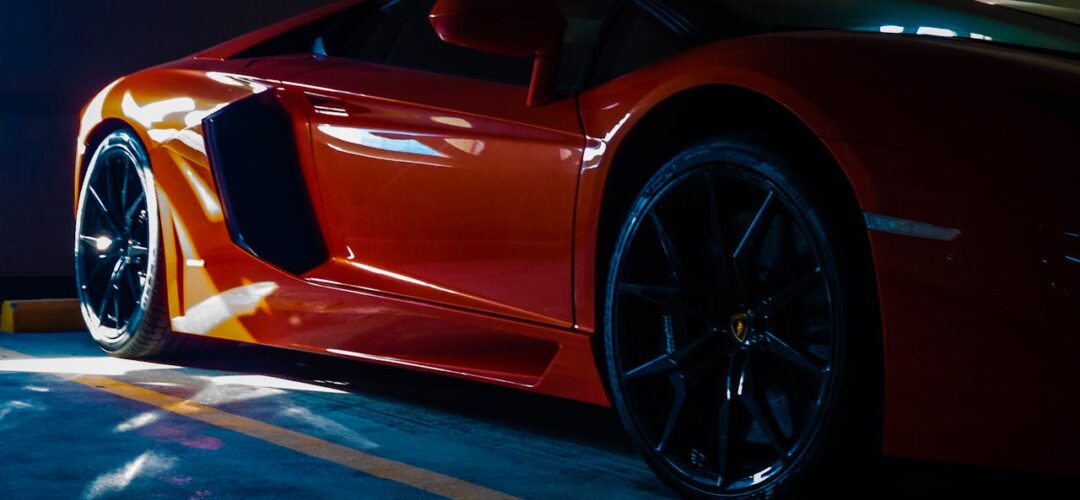Are you contemplating tinting your windows but unsure about the differences between ceramic tint and factory tint? Understanding the distinctions between these two types of window tinting can help you make an informed decision.
Ceramic Tint
Ceramic tint is a premium window tinting option that utilizes advanced ceramic particle technology to enhance performance and durability. Here are some key characteristics of ceramic tint…
- Heat Rejection – Ceramic tint offers superior heat rejection capabilities compared to traditional window films. The ceramic particles embedded in the tint film reflect and block infrared radiation, keeping the interior of your vehicle or building cooler and more comfortable.
- UV Protection – Ceramic tint provides excellent protection against harmful UV rays, helping to prevent interior fading and damage to upholstery, furniture, and other surfaces.
- Clarity and Visibility – Unlike metallic-based window films, ceramic tint does not interfere with electronic devices or signal reception. It maintains excellent clarity and visibility both during the day and at night.
- Durability – Ceramic tint is known for its exceptional durability and longevity. It resists fading, bubbling, and peeling, even in harsh environmental conditions.
Factory Tint
Factory tint, also known as OEM tint, refers to the tinting applied to vehicle windows during the manufacturing process. Here are some characteristics of factory tint…
- Pre-Installed – Factory tint is pre-installed by the vehicle manufacturer and is typically applied to the windows using a dye or pigmented glass.
- Limited Heat Rejection – Factory tint provides some degree of heat rejection and glare reduction but is less effective than ceramic tint in blocking infrared radiation.
- UV Protection – While factory tint offers some UV protection, it may not provide the same level of protection as ceramic tint.
- Regulatory Compliance – Factory tint must comply with local regulations regarding tint darkness limits. In some cases, additional tinting may be necessary to achieve desired levels of privacy and sun protection.
Key Differences
The primary differences between ceramic tint and factory tint lie in their performance, durability, and customization options. Ceramic tint offers superior heat rejection, UV protection, and clarity compared to factory tint. Ceramic tints can be customized to meet specific tint darkness preferences, factory tints are pre-installed and may have limitations in terms of darkness levels.
Ceramic tint and factory tint offer different levels of performance and customization options. While ceramic tint provides superior heat rejection, UV protection, and durability, factory tint may be sufficient for those seeking basic tinting benefits. The choice between ceramic tint and factory tint depends on individual preferences, budget, and desired level of performance.






